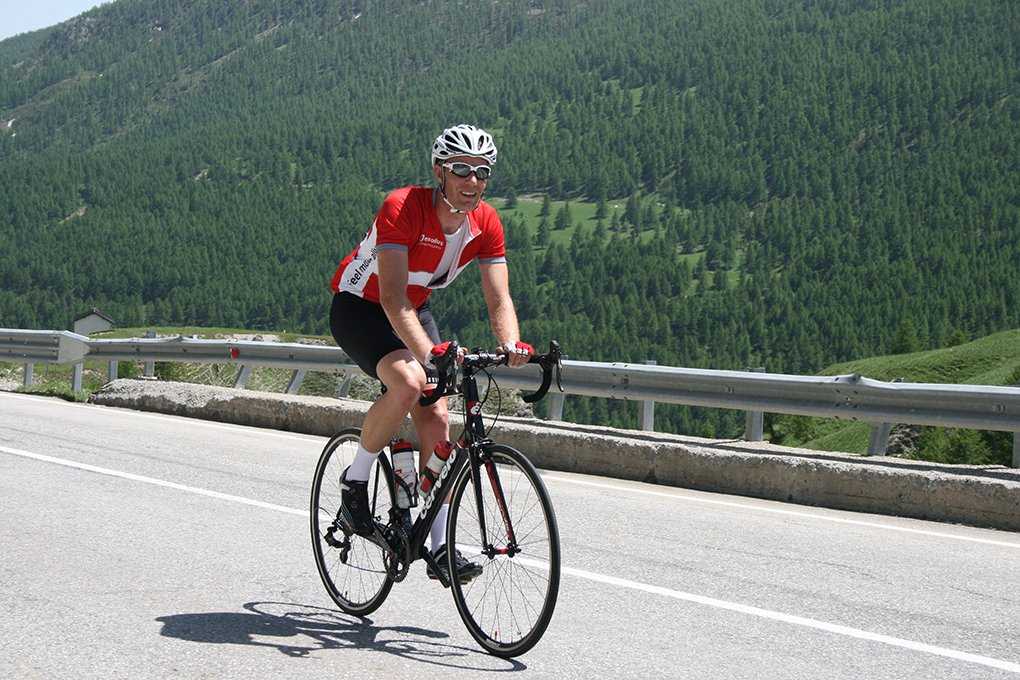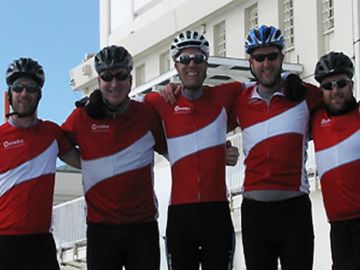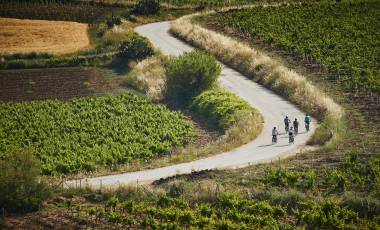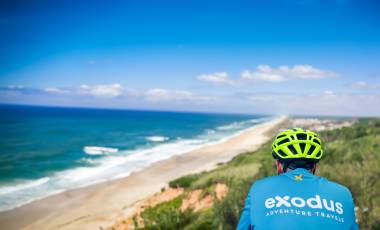Read time – 3 minutes
At Exodus, the man behind the wheel (or should we say on top of two wheels?!) is cycling programme manager Andy Ross. As you would expect, he is a keen cyclist and done more than his fair share of serious cycling challenges – perfectly placed to give you some top-notch tips for your next serious cycling challenge!
Here we get a chance to quiz the rider and see what he does to prepare himself, so you can use his expertise to get yourself in gear!
Cycling Tips
What would you say is the most important thing you do to prepare for a cycling challenge, apart from miles on the bike?
Some more miles on the bike! I have also taken a leaf out of Bradley Wiggins’ cookbook and tried to shed a few kilos. There is no doubt that it makes a difference on the longer climbs and it has certainly been cheaper than trying to reduce the weight of my bike.
Which big cycling events have you done?
I am very lucky that my job gives me the opportunity to get involved in a number of trips. So I have raced the 250km Dead2Red event in Jordan, the Cape Argus in South Africa, conquered Mt Ventoux, completed the Etape du Tour and cycled the Alpine Cols of the Tour de France.
 Andy in South Africa
Andy in South AfricaHave you done any rides and races in the UK?
What does riding in races, either at home or abroad, give you in terms of experience – what skills do you develop that you can then take into bigger events?
Firstly, it is good to get used to riding longer distances, particularly if they feature a lot of climbing. I actually find the longer climbs in Europe to be a bit easier than the UK ones as the gradients are generally gentler and more constant.
An event in Europe with 3000m of climbing will generally be easier than the equivalent climbing in Wales or the Lake District. Road racingreally helps improve the way that you ride in a group.
Although these events often focus on climbing, improving the way your ride on the flat can also make a huge difference to your overall time. I find doing the occasional time trial on a standard road bike really helps towards this goal. I would say that this is where I have made the most improvement.
What is it about racing and sportives that you love so much?
It’s a bit of an odd answer but it’s probably the training I enjoy most as this becomes a lifestyle and gets me outdoors on a regular basis.

Have you got a favourite event or local ride?
My favourite event is the Giro Dolomiti, a six-day sportive event in Italy that includes a climb of the Stelvio most years. I love climbs with 180-degree switchbacks and this one has 48 of them! In the UK I like riding in the Ashdown Forest in East Sussex.
Do you do any cross-training to prepare for rides?
I do pilates every week in order to strengthen my core muscles. It also helps counteract all of the time on the bike where your weight is supported.
Time trials and sportives tend to be fairly long events, often lasting several hours if not a day. How do you keep yourself going for this long? Do you set yourself mini targets to keep motivated for the whole race?
Overseas events are generally easier to pace yourself on as they often have three or four main climbs which naturally break the ride up.
Climbs on the continent usually have signs that count down the kilometres and give you details of the gradient.
How do you fuel up for an event like this? What would you eat the week before and what would you have on the bike to keep you going throughout the event?
Five small meals a day with a good mix of carbs and protein. Breakfast is crucial on the morning of the event. You will get up at 5 or 6am and probably not feel like eating much but this will lead to disaster.
You need to force the food down and ignore the time. During the event, I use energy drinks, gels and bars, as well as grabbing whatever I can if I stop at a feed station.
I will start refuelling after about only 20 minutes of the ride and then continue to eat every 15 minutes, even if I don’t feel hungry at the time.
What piece of kit would you never be without on a ride?

If you are going to spend some money on one thing on your bike, what would you say would make the most difference?
Save your money and spend it on a coach or a structured training programme – it will make far more difference to your performance than an expensive pair of wheels.
What is the best bit of advice you would give to someone preparing for an event like this?
Ride your bike as frequently as possible. In my opinion, four rides of 30 miles per week is more beneficial than 100 miles once a week.
Push yourself but at the same time know your limits – there will always be someone faster than you and it’s probably a bad idea to try to keep up with them. The most important thing is to make sure you enjoy the training as much as the event itself.







